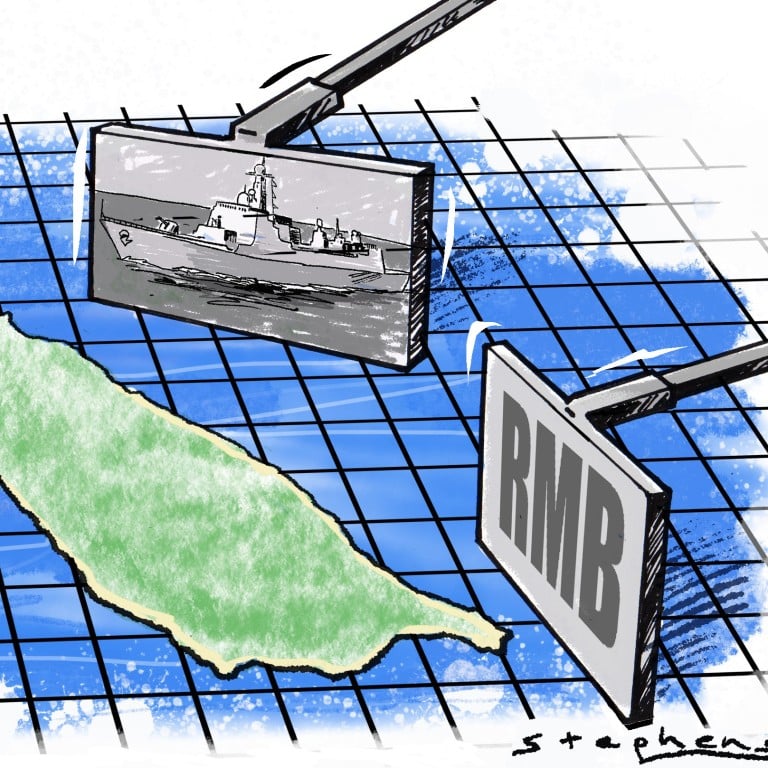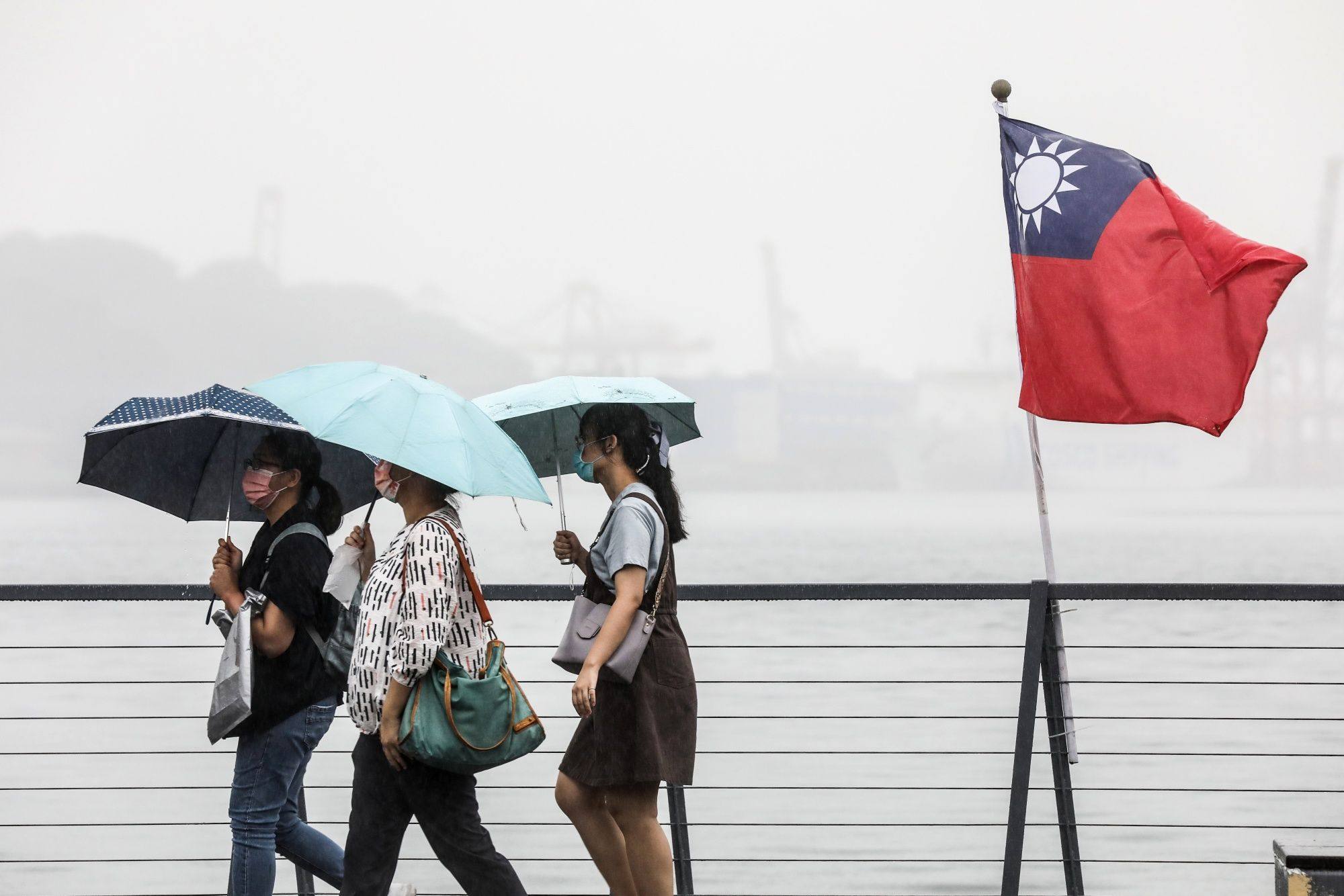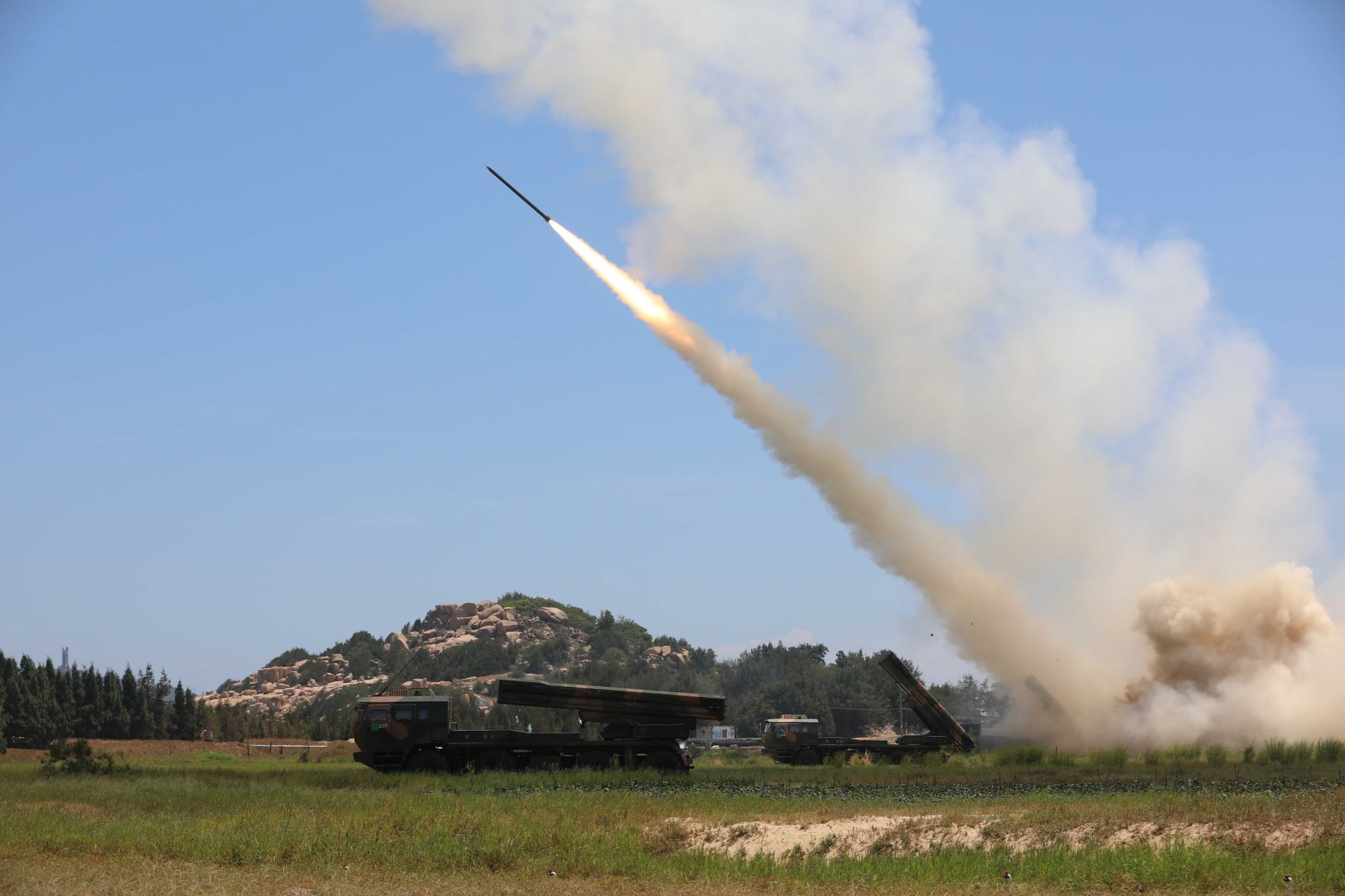
The next Taiwan Strait flashpoint? Beijing sees coercive force as peaceful nudging but the US does not
- Where Beijing sees grey-zone activity and psychological warfare as peaceful means to push for unification with Taiwan, for the US, coercion is clearly stipulated in the Taiwan Relations Act as something it opposes and must act against
The concept of Beijing’s use of force on Taiwan has been frequently discussed. Most assume it means a direct military operation. Given the political reality, the 20th party congress meeting was never going to be a watershed event in China’s genesis on national unification.

Under the circumstances, Beijing’s best chance for a peaceful unification is not to shape Taiwanese public opinion, but to eliminate their options.
For Beijing, Taiwan can resist only because of US support. Since Beijing assumes America’s decline is inevitable, it believes Washington will eventually abandon Taiwan – only then will the Taiwanese have the political will to negotiate unification with Beijing peacefully.
But in light of the rising strategic competition between the United States and China, and the growing unlikelihood of the US abandoning Taiwan, Beijing’s blueprint for peaceful unification is becoming increasingly improbable. So the use of force, in particular coercive force, has become one, if not the most, popular option in Beijing’s playbook.
In the Chinese definition, coercion, including military coercion under the threshold of direct conflict, territorial occupation, use of lethal weapons or human casualty, is not necessarily unpeaceful. War (战) and peace (和) are a defined pair of antonyms. Coercion under the threshold of war, or winning without fighting, is regarded as the superior approach, and the supreme art of war.
Another caveat in the Chinese narrative lies in the differences among three goals for the use of force: preventing Taiwan independence, promoting unification, and a direct takeover. Use of force for a direct takeover is the most narrowly defined, indicating a military attack for territorial occupation. That is also the least likely in China’s current policy planning due to the uncertainty of result and prohibitive cost.

The problem of this approach lies in the lack of distinction between coercion to “prevent Taiwan independence” and coercion to “promote unification”. Where China sees its action as responding to a particular political event in Taiwan, the result of its action nevertheless exerts a coercive influence over the Taiwanese government and people through intimidation.
There is no defined boundary for when China’s “reactive” use of coercive force becomes an offensive one aimed at changing the status quo in China’s favour. In most cases, these two goals run in parallel.
Pelosi, Taiwan and the perils of Chinese nationalism
What this means is, while Beijing might see coercion as a peaceful means to push the Taiwan situation in a favourable direction, for the US, coercion is clearly stipulated as something it unequivocally opposes and is obliged to act against.
As tension around the Taiwan Strait escalates, the use of coercive force on Taiwan could become the trigger for the next round of crisis.
Yun Sun is a senior fellow and co-director of the East Asia Programme and director of the China Programme at the Stimson Center

